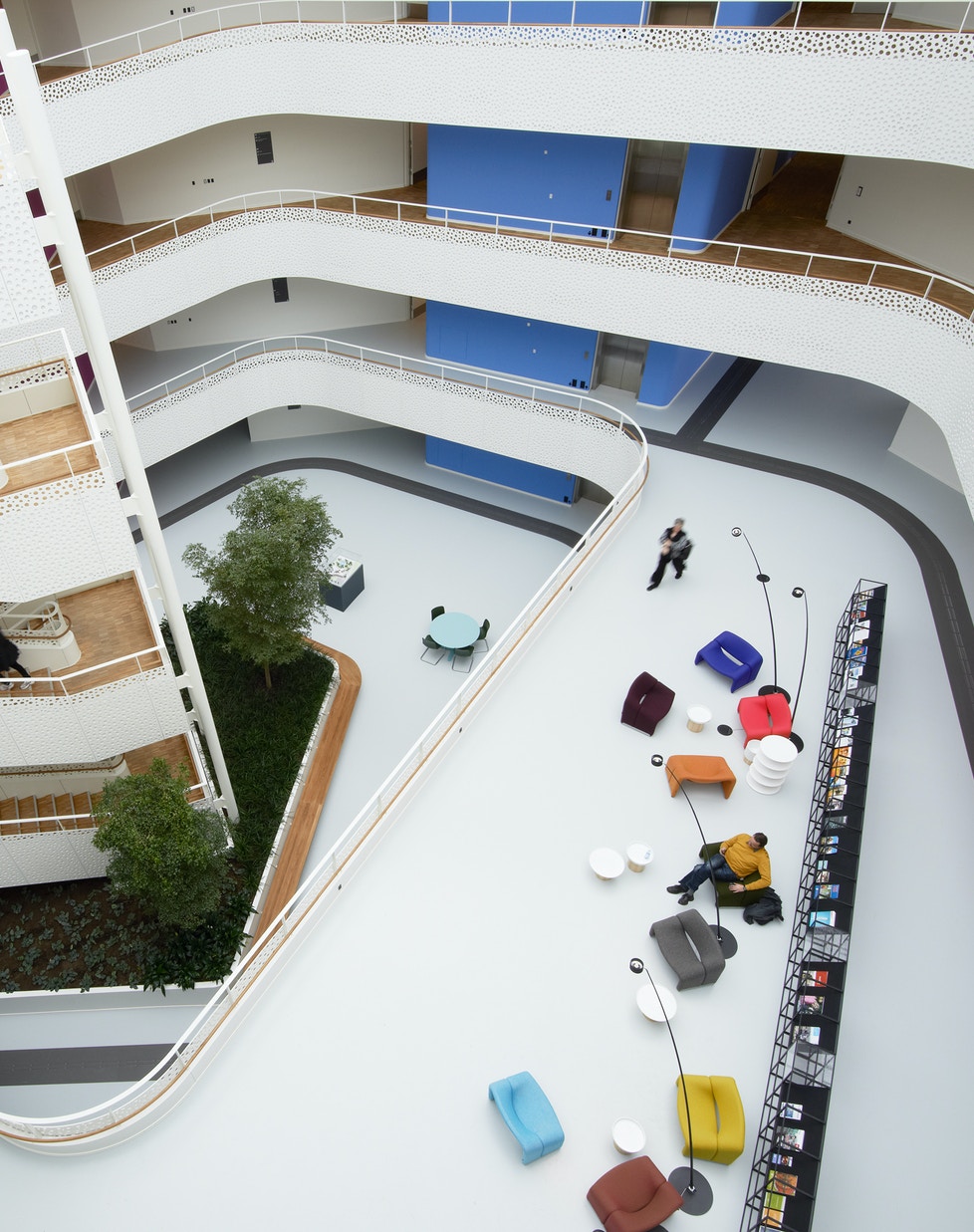10
Reduce inequality within and among countries
The international community has made significant strides towards lifting people out of poverty. The most vulnerable nations – the least developed countries, the landlocked developing countries and the small island developing states – continue to make inroads into poverty reduction. However, inequality persists and large disparities remain regarding access to health and education services and other assets.
There is growing consensus that economic growth is not sufficient to reduce poverty if it is not inclusive and if it does not involve the three dimensions of sustainable development – economic, social and environmental. Fortunately, income inequality has been reduced both between and within countries. At the current time, the per capita income of 60 out of 94 countries with data has risen more rapidly than the national average. There has been some progress regarding creating favorable access conditions for exports from least developing countries as well.
To reduce inequality, policies should be universal in principle, paying attention to the needs of disadvantaged and marginalised populations. There needs to be an increase in duty-free treatment and continuation of favouring exports from developing countries, in addition to increasing the share of developing countries’ vote within the IMF. Finally, innovations in technology can help reduce the cost of transferring money for migrant workers.
THIS GOAL AND ARCHITECTURE
The built environment can act as an amplifier and enforcer of inequalities.
Disabled citizens risk being confined in their homes or unable to hold a job because stairs, steps and other design features can make streets, transportation systems and institutions inaccessible. Religious and ethnic minorities, LGBT+ citizens and women experience being confined to designated areas or secluded from educational institutions and leisure facilities. Landscape qualities, like a beach or a view, can be closed to the public through design and planning that make them accessible to only owners or customers.
To reduce inequalities, architecture must be designed and executed so that it is socially responsible, inclusive and take into consideration the needs of all members of society, leaving no one behind. Buildings, settlements and urban areas must be designed with accessibility as a core functionality; from ensuring even surfaces, lifts and ramps and way-finding features to giving attention to doorways and the height of utilities. It also means that social responsibility and inclusiveness must guide programming, planning and design of buildings and urban areas so that they support and allow use by all, with respect to local culture and needs. Examples span from state-of-the art office buildings adhering to universal design, places of worship open to all religions, to services and institutions open to all, like public parks.




